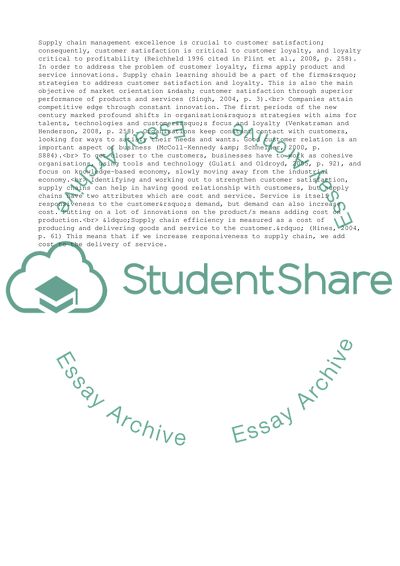Cite this document
(“Supply Chains with a Focus on Customer Value Essay - 6”, n.d.)
Supply Chains with a Focus on Customer Value Essay - 6. Retrieved from https://studentshare.org/management/1576025-supply-chain-management
Supply Chains with a Focus on Customer Value Essay - 6. Retrieved from https://studentshare.org/management/1576025-supply-chain-management
(Supply Chains With a Focus on Customer Value Essay - 6)
Supply Chains With a Focus on Customer Value Essay - 6. https://studentshare.org/management/1576025-supply-chain-management.
Supply Chains With a Focus on Customer Value Essay - 6. https://studentshare.org/management/1576025-supply-chain-management.
“Supply Chains With a Focus on Customer Value Essay - 6”, n.d. https://studentshare.org/management/1576025-supply-chain-management.


